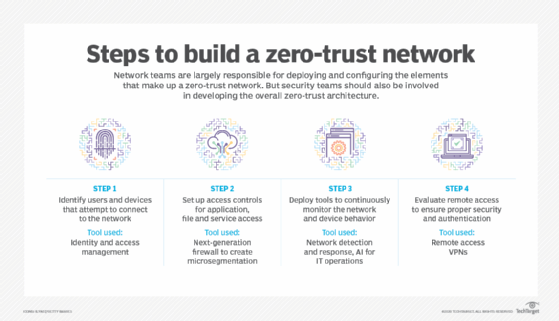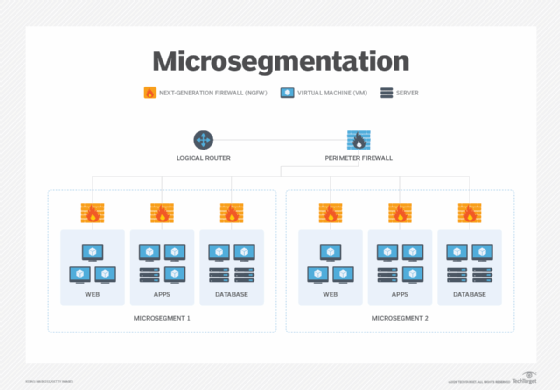
4 advanced IoT security best practices to boost your defense
IT admins must go beyond standard security practices for IoT deployments and adopt more complex protections, such as machine learning threat detection, to ensure security.
With more specialized security practices, cybersecurity experts can build up their IoT deployment defenses and gain advantages in scalability, adaptability and easier IoT device management.
Security measures such as cryptography, segmentation and machine learning (ML) algorithms focused on threat detection can complicate security strategies, but they give additional layers of protection for IoT deployments.
IoT presents particular security challenges because of the lack of built-in security in many devices and the expanded attack surface. The number and geographic spread of IoT devices deployed make it easy for security teams to overlook new devices added to the network. The data from edge sensors transfers through the network into gateways, centralized servers or the cloud, giving attackers more access points. The constraints in data storage and power make it even more challenging to issue over-the-air updates to patch vulnerabilities.
IT administrators can take their IoT protection to the next level with these four IoT security best practices.
1. Zero trust
The zero-trust security model, when applied to IoT, means that the network will not automatically trust any device or user that tries to connect to it. Every device or user must have its identity verified and authenticated each time it connects. Traditional security models establish users and devices that the network automatically trusts whenever they connect after the initial verification.
IoT devices are tempting targets for attackers. With a traditional trust model, one hacked IoT device can easily lead to complete network access. Zero-trust strategies offer an additional measure of protection from breaches through IoT devices and adapt better to complex and growing IoT deployments.
For zero-trust models to work in IoT deployments, security teams must know all devices on their network. Teams must review and revise the security model with network changes to prevent new vulnerabilities.

2. Machine learning
IT admins might find it impossible to manage IoT without automation because of the massive number of IoT devices often in a deployment. Organizations can implement ML to monitor these devices and detect security threats.
When security experts apply ML to device management, they can automate device discovery and identification to ensure every device gets included in their security strategy. ML also makes deployment of security measures easier, such as rolling out network segmentation based on established rules.
During attacks on the network, speed is critical. ML can give organizations the edge they need to stop breaches before they can spread through models for known and unknown vulnerabilities. Automated scanning and threat detection models compare known network behavior to patterns of known attacks and shut down. Sometimes models can take protective actions before security teams are aware of an attack, such as unknown threats. ML models monitor network behavior for any unusual activity.
3. Cryptography
Although IT admins know data encryption as a security best practice, cryptography for IoT can get complicated. Cryptography protects communication channels with coding to make them undecipherable by anyone except those with the codes.
IoT devices are resource-constrained, which means some encryption and decryption methods won't work. IoT devices lack the processing and storage for it and might require lightweight encryption methods. Security professionals must know the limitations of their IoT devices and the cryptographic protocols that will work for their deployment. Security teams can choose symmetric-key, public-key infrastructure or asymmetric-key encryption algorithms.
Organizations don't all automatically implement cryptography as a security measure. Cryptography can block the visibility necessary for network analysis and troubleshooting. Cryptography also requires some expertise to manage and configure.
4. Segmentation
IoT device segmentation and microsegmentation divide networks into device groups with policies that limit devices' access to data and applications. Segmentation serves the same purpose as zero trust: to stop the spread of attacks from moving throughout a network. However, segmentation provides the additional advantage of reducing network congestion.
Segmentation uses hardware to secure client-server traffic, whereas microsegmentation uses software to separate data flows of server-to-server traffic at the device level. With microsegmentation, IT admins don't have to reassign policies when moving a device to a different segment.






